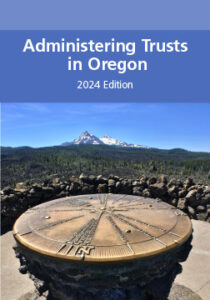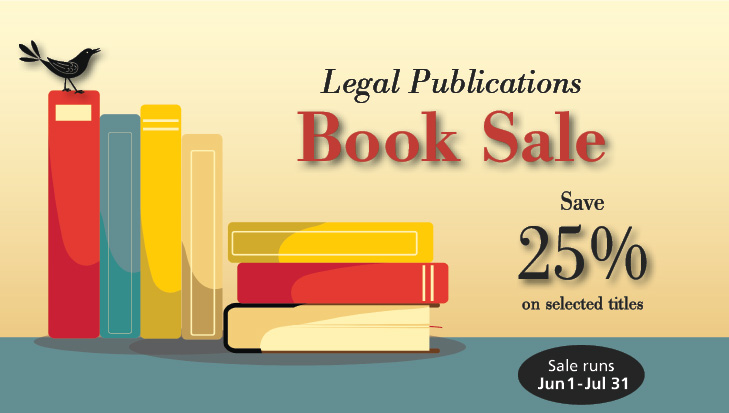 The fourth edition of Administering Trusts in Oregon is now available for preorder, shipping before the end of April! This new edition addresses changes to the law of trusts since the third edition was released in 2018.
The fourth edition of Administering Trusts in Oregon is now available for preorder, shipping before the end of April! This new edition addresses changes to the law of trusts since the third edition was released in 2018.
Featuring an all-new, portable 7″ x 10″ perfect-bound format, this comprehensive guide offers invaluable insights into the nuances of trust administration in Oregon. In addition, all references to the Uniform Trust Code Commentary now include pinpoint refences to the Legal Publications recent edition of Oregon Probate Code and Uniform Trust Code with UTC Commentary, which is also available for purchase.
Publication History
When Administering Trusts in Oregon was first published in 1995, the law of trust administration in Oregon was relatively unregulated by statute. The enactment of the Oregon Uniform Trust Code in 2005 made changes to and codified the law regarding administering trusts in Oregon, and so the 2007 edition was released to reflect changes to trust law brought about by the enactment of the UTC, including significant changes with regard to modifying or terminating a trust. Since then there have been changes in the rules regarding the trustees’ duties to inform and report, nonjudicial modifications, exercise of powers, and other technical corrections. The third edition of Administering Trusts in Oregon addressed these subsequent developments to trust law in Oregon.
Building on a Firm Foundation
With in-depth discussions of special-needs, charitable, and pet trusts, as well as spendthrift clauses and tax-implications of various types of trusts, this publication is an indispensable resource for attorneys seeking to expand their expertise in trust administration or to deepen their understanding of Oregon trust laws. The first three editions laid a firm foundation of material organized in a logical and comprehensive fashion.
This fourth edition addresses statutory and relevant case law updates that have occurred since the third edition in 2018. It includes new material discussing stewardship trusts and tenancy-by-the-entirety property in revocable trusts.
Why This Book Is Important
Lawyers often use trusts as an estate planning tool, and trusts are frequently administered by individual trustees. Administering Trusts in Oregon offers practical guidance to the lawyer who is counseling the trustee concerning the trustee’s rights and responsibilities in the trust administration process. In general, the book focuses on the individual trustee rather than the corporate trustee, and includes discussion of the trustee’s responsibilities to beneficiaries, settlors, and government entities.
The combined resources of Administering Trusts in Oregon and Oregon Probate Code and Uniform Trust Code with UTC Commentary will streamline your research and enhance your practice in this important area of law.

